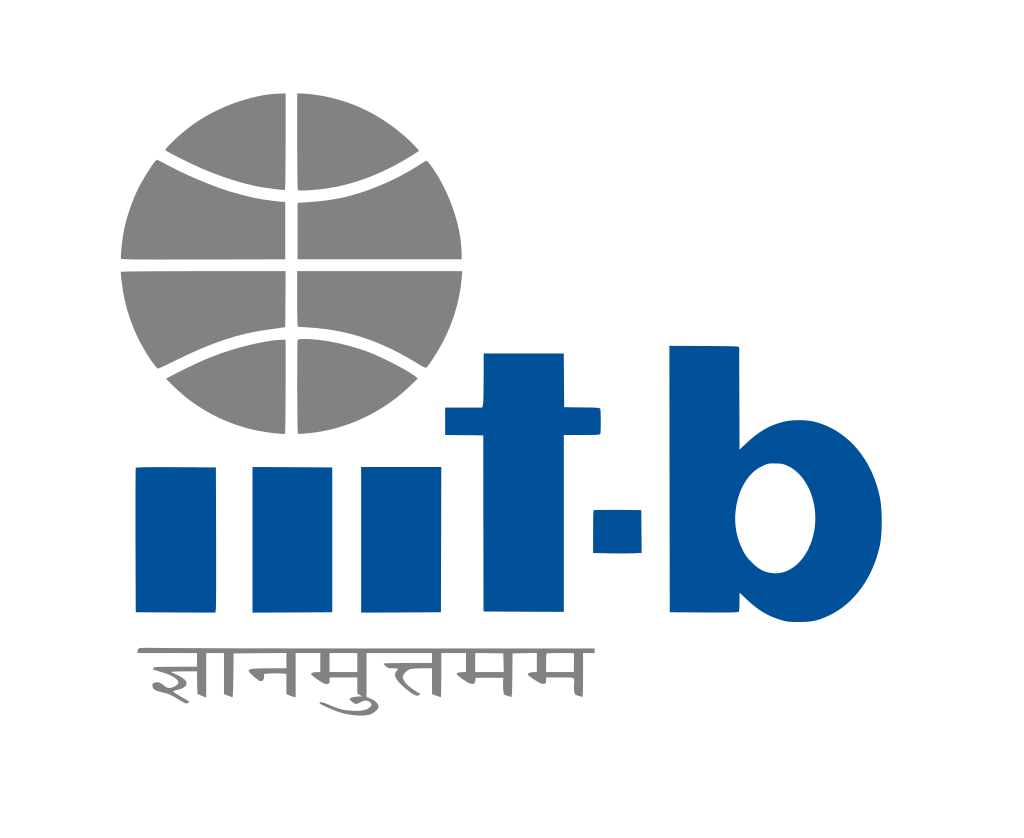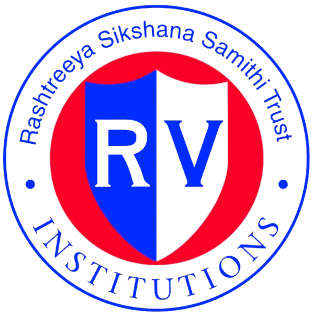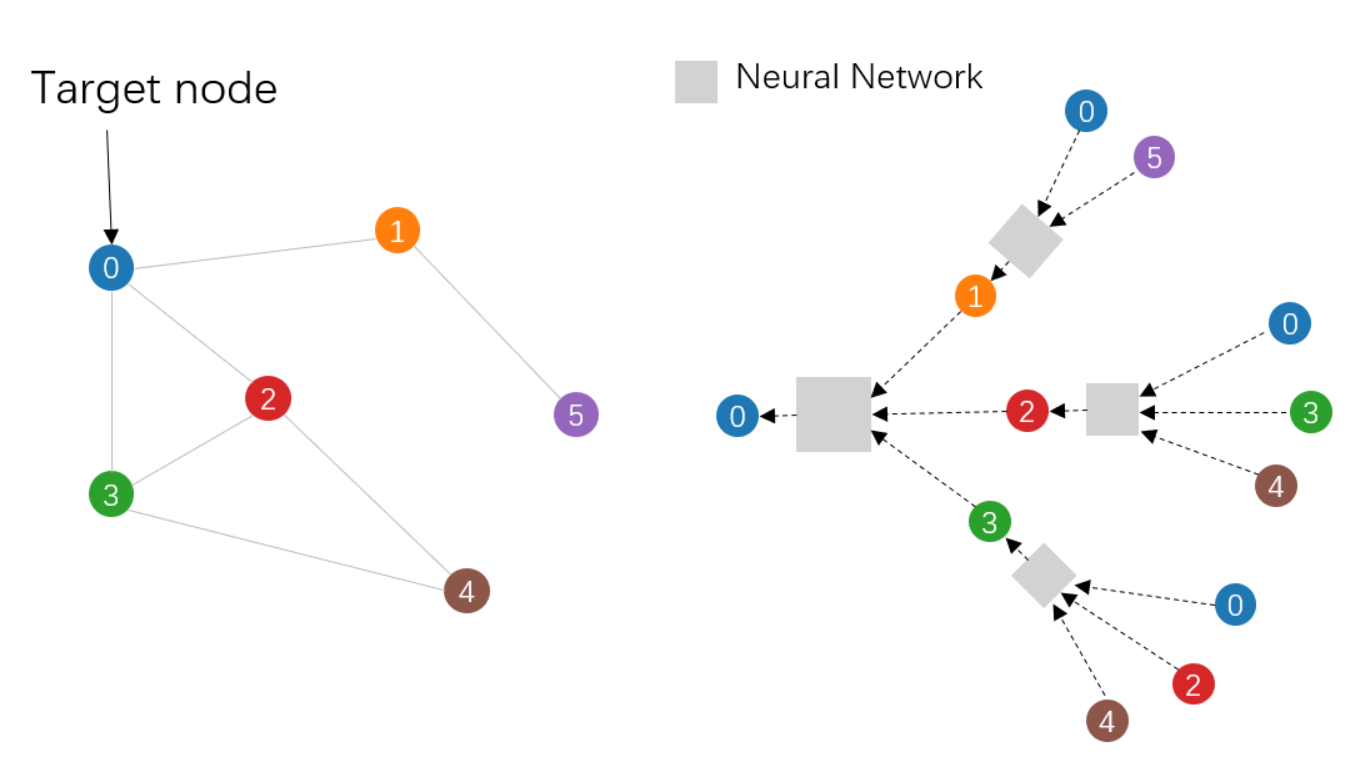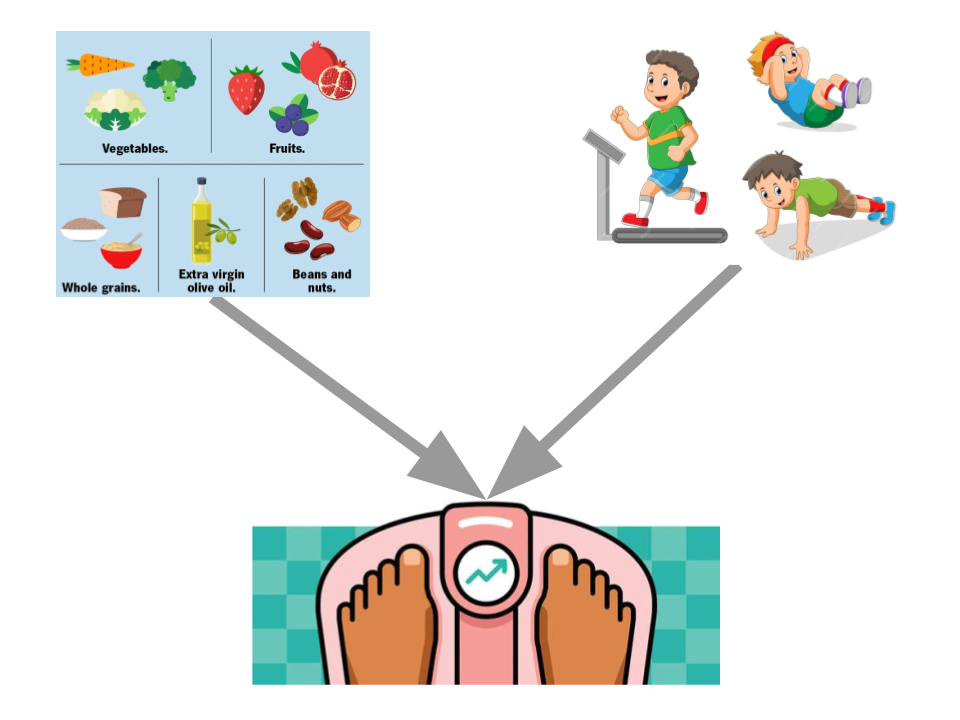
Doctor of Philosophy (Ph.D.)
Department of Computer Science and AutomationIndian Institute of Science, Bangalore
2016-2021
Advisor: Prof. Partha Talukdar
Thesis: Deep Learning over Hypergraphs

Master of Technology (M.Tech.)
International Institute of Information Technology, Bangalore2014-2016
Advisor: Prof. Ashish Choudhury








